When did the Titanic sink? Date ship sank, how many people died - and where it set sail from
and live on Freeview channel 276
The fate of the Titanic is regarded as one of the greatest tragedies in history, and 2023 will mark 111 years since it sank in the North Atlantic Ocean.
The RMS Titanic, a luxury British passenger liner considered unsinkable at the time, encountered disaster when it set off on its maiden voyage in 1912. Many people will know the story of the Titanic through the James Cameron blockbuster film, starring Leonard DiCaprio and Kate Winslet, but it’s easy for the lines between fact and fiction to blur.
Advertisement
Hide AdAdvertisement
Hide AdThis is everything you need to know about what really happened.
When did the Titanic set sail - and where from?
The Titanic set off on its maiden voyage on 10 April 1912, from Southampton, England, embarking on its transatlantic journey to New York City in the United States with around 2,200 passengers and crew on board.
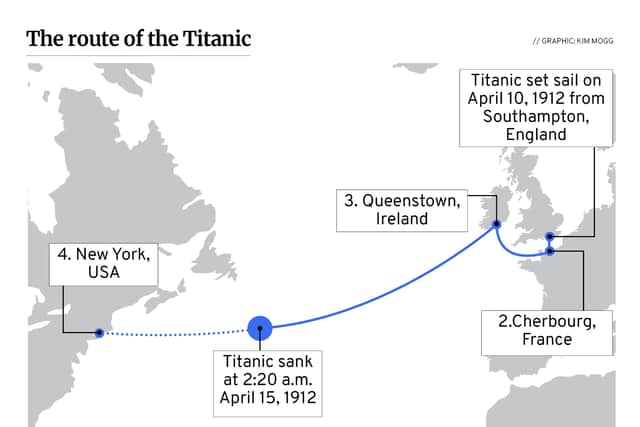

The route that the Titanic was set to take would have seen it reach New York City via Cherbourg, France and Queenstown, Ireland. The return route would have been New York to Plymouth to Cherboug and Southampton.
The ship’s construction had begun two years earlier in Belfast and was completed on 31 March 1912, just over a week before it set sail.
Advertisement
Hide AdAdvertisement
Hide AdThe Titanic was designed to be extremely luxurious - the first class accommodation included things like squash courts, a swimming pool, a gymnasium and barber shop. Even the third class cabins were designed to be of a higher standard than that of other liners.
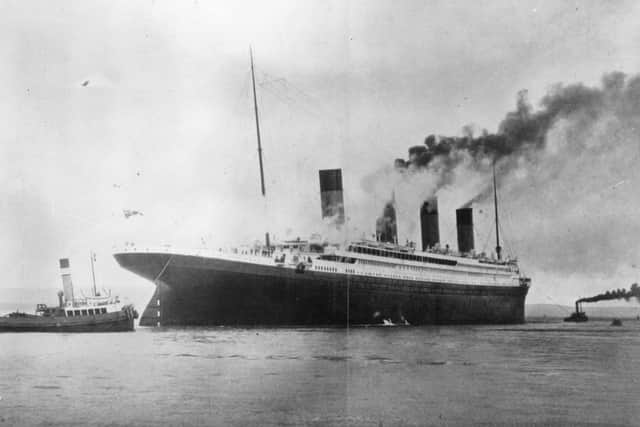

The capacity of the Titanic was designed to hold 735 passengers in first class, 674 in second class, 1,026 in third class and 885 crew members.
The Titanic was under the command of Captain Edward Smith, a British naval officer who had served as master of a number of White Star Line vessels.
What happened to the Titanic?
The first few days of the Titanic’s journey passed without any incident, however on the evening of 14 April 1912, the ship began to approach an area that was known to have icebergs.
Advertisement
Hide AdAdvertisement
Hide AdCaptain Smith had reportedly said in 1907 that he “could not imagine any condition which would cause a ship to founder” and that “modern shipbuilding has gone beyond that”.
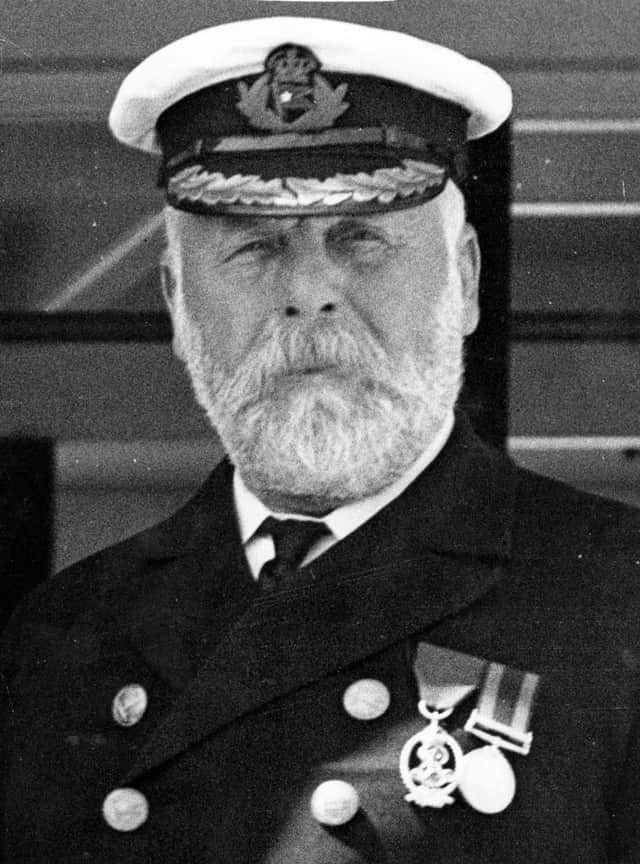

According to the Winter 1985/86 edition of Oceanus (Volume 28, Number 4), on the day of the tragedy, “passengers exercising on the deck first noticed patches of drifting ice” however, “this did not alarm seasoned travellers who explained to others that ships on the northern express route often encountered ice in April”.
The Titanic received a number of iceberg warnings from other ships, including the Atlantic Line’s Mesaba at around 9:40 pm and again at 10:55pm from the nearby Leyland liner Californian. However, the Titanic continued to travel at full speed ahead.
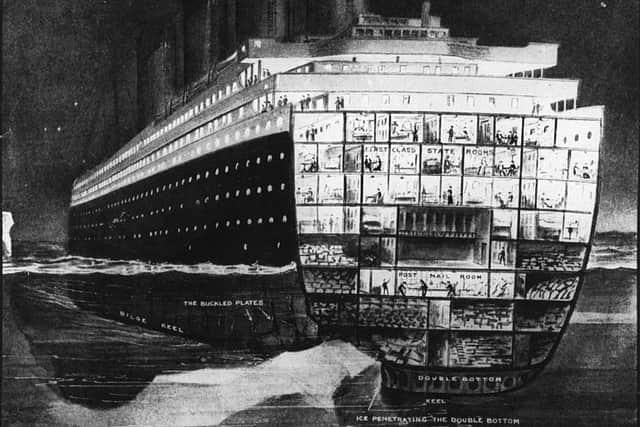

At around 11:40pm, an iceberg was sighted by a lookout and in response, the engines were reversed and the ship was sharply steered to avoid a direct collision. However, the Titanic instead grazed the side of the iceberg.
Advertisement
Hide AdAdvertisement
Hide AdUnknown to the lookouts at the time who thought they had narrowly avoided disaster, the jagged section of the iceberg hidden by the water had actually caused five of the Titanic’s compartments, thought to be watertight, to rupture.
When did the Titanic sink?
With five of the compartments breached, the Titanic’s fate was sealed as it would not have been able to survive more than four of the compartments being flooded.
After striking the iceberg, the Titanic began to sink bow-first, causing more water to spill from one compartment to another.
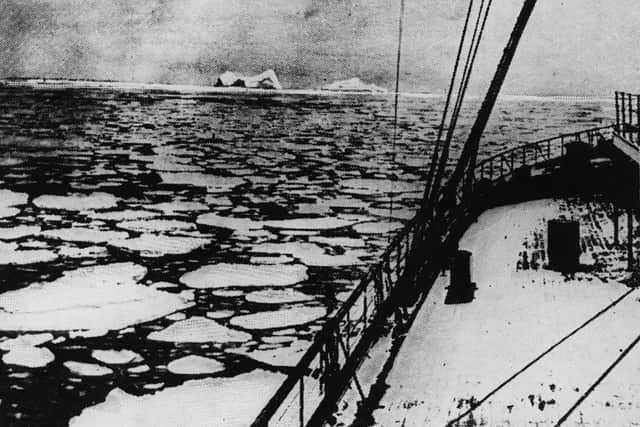

The sinking of the ship was sped up when, after around two and half hours after hitting the iceberg, the Titanic’s boat deck went under the water and, as its unsupported stern lifted out of the water, exposing the propellers, the Titanic split into two.
Advertisement
Hide AdAdvertisement
Hide AdWhile the Titanic sent out distress signals at around 12:20am on 15 April, all the ships that received the signal were too far away to be able to assist.
It would later be discovered that the Leyland liner Californian, which had previously warned the Titanic about the ice, had been less than 20 miles away at the time of the disaster - however, the signals for help were not received as the radio operator had been off duty.
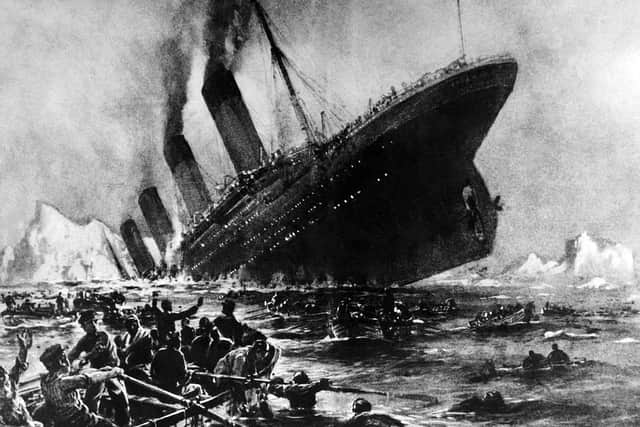

The Titanic struck the iceberg at around 20 minutes to midnight on 14 April. The sinking of the ship took place over the course of two hours and 40 minutes, and it went under in the early hours of 15 April.
The liner sank roughly 370 miles southeast of the coast of Newfoundland in Canada.
How many people died?
Advertisement
Hide AdAdvertisement
Hide AdWhile the Titanic was able to hold over 3,000 people on board, there were only 20 lifeboats on board, which would have only accommodated 1,178 people.
The issue of the lifeboats was further exacerbated by them being launched well under capacity. For example, the first lifeboat would have been able to hold 65 people, however it left with only 28 on board.
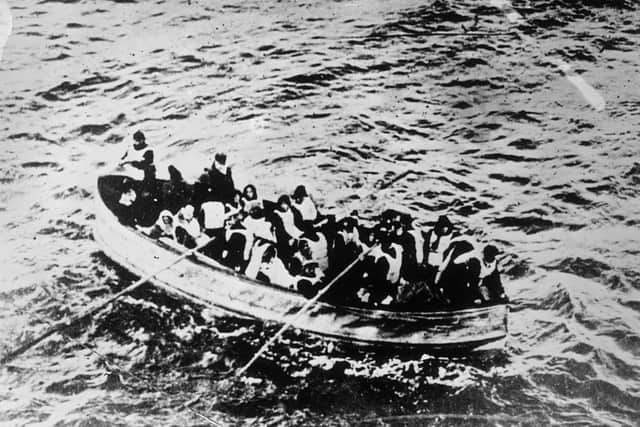

The panic and confusion caused by the incident meant that almost all the lifeboats were severely underfilled.
Remaining passengers and crew members were subjected to lethally cold waters with a temperature of −2 °C. This kind of sudden exposure to freezing water typically causes death from either cardiac arrest or cold incapacitation.
Advertisement
Hide AdAdvertisement
Hide AdAfter the Titanic foundered at roughly 2:20am on 15 April, the first lifeboat was picked up at 4:10am by the RMS Carpathia responding to the Titanic’s distress calls it had sent out earlier.
On 15 April 1912, 1,523 people lost their lives as a result of the Titanic sinking - 815 passengers and 688 crew members. Only 706 people survived the sinking of the Titanic.
Comment Guidelines
National World encourages reader discussion on our stories. User feedback, insights and back-and-forth exchanges add a rich layer of context to reporting. Please review our Community Guidelines before commenting.
